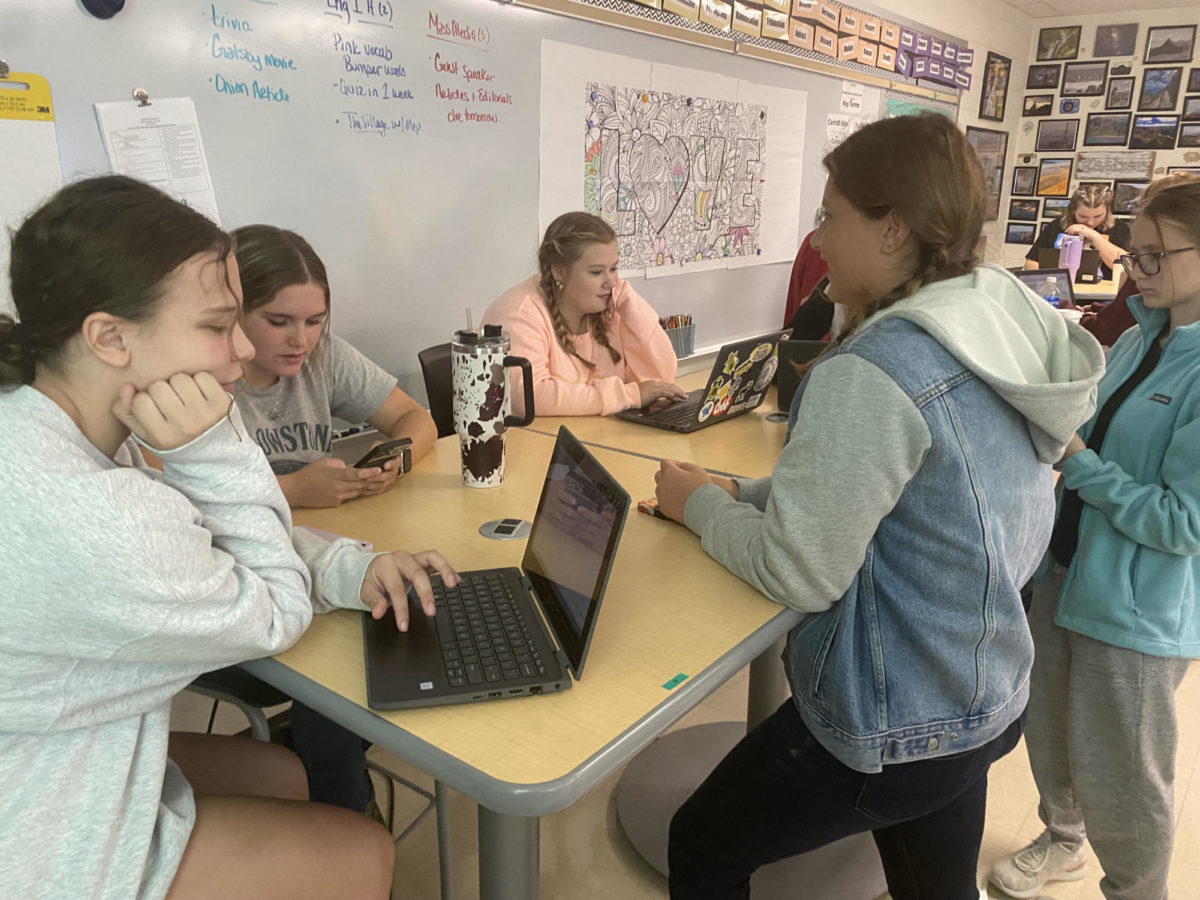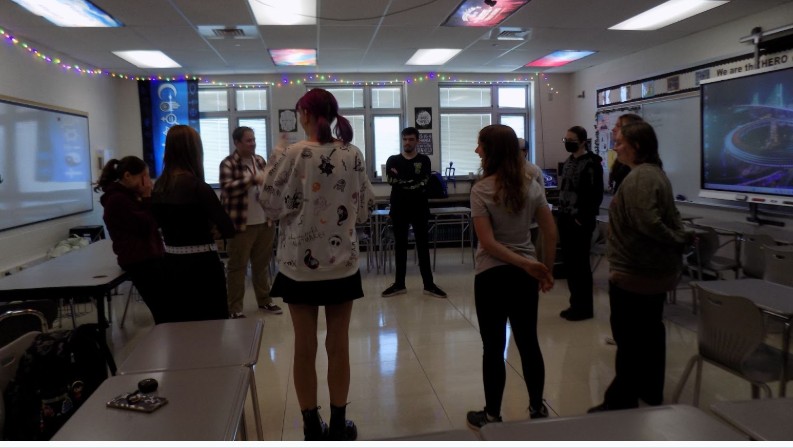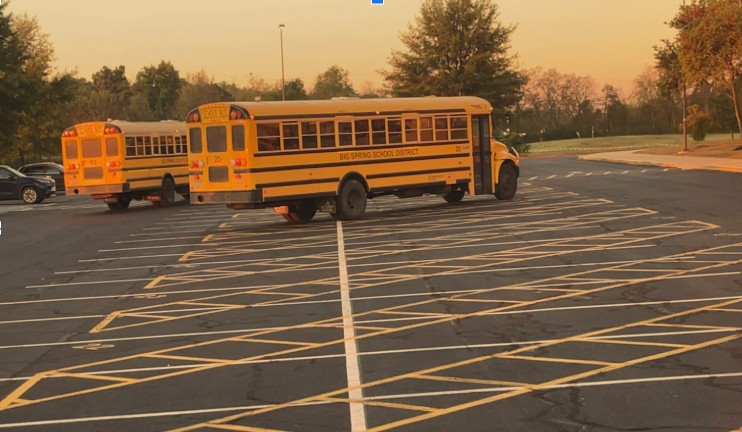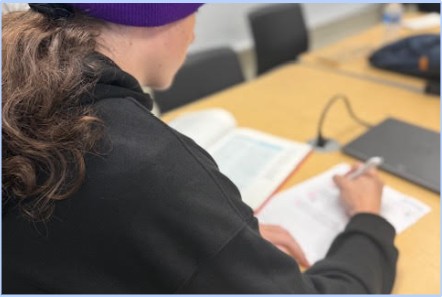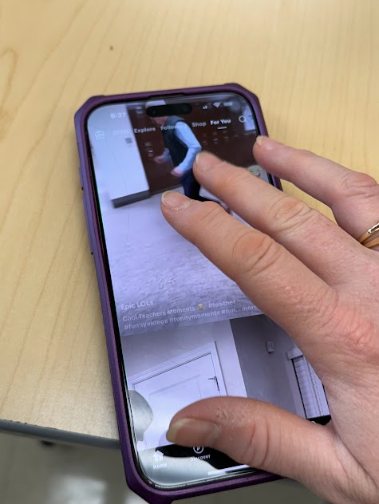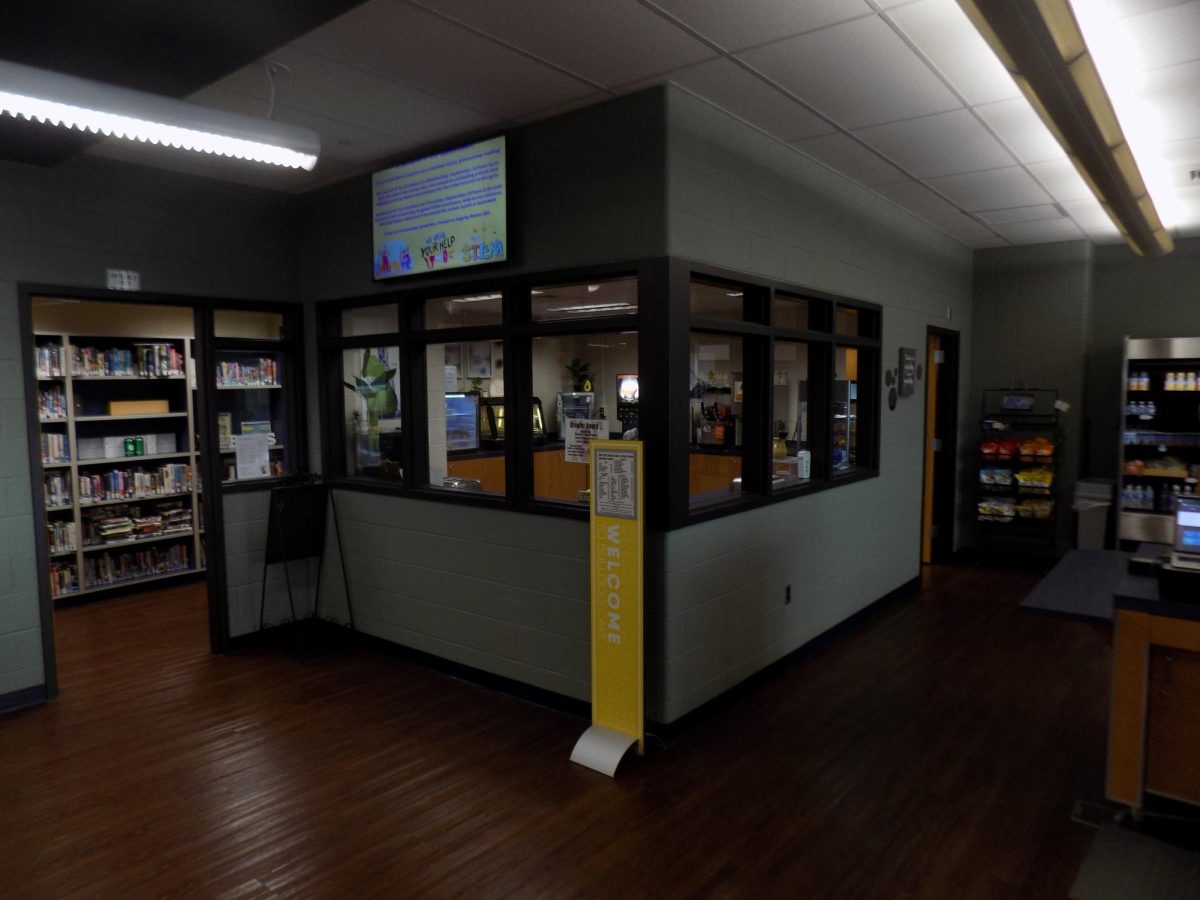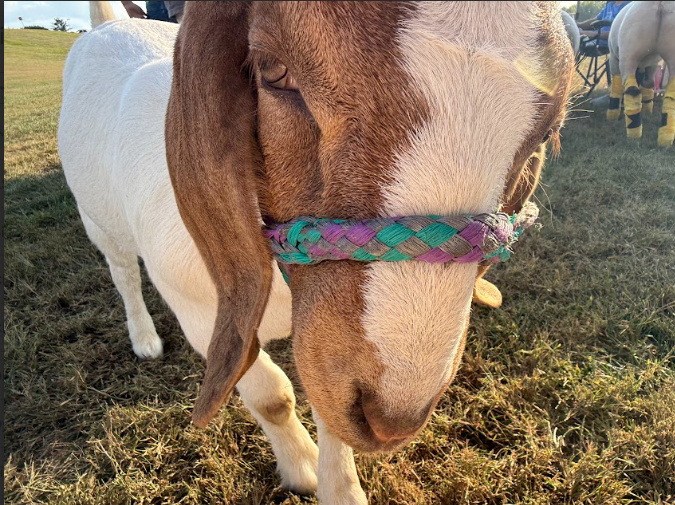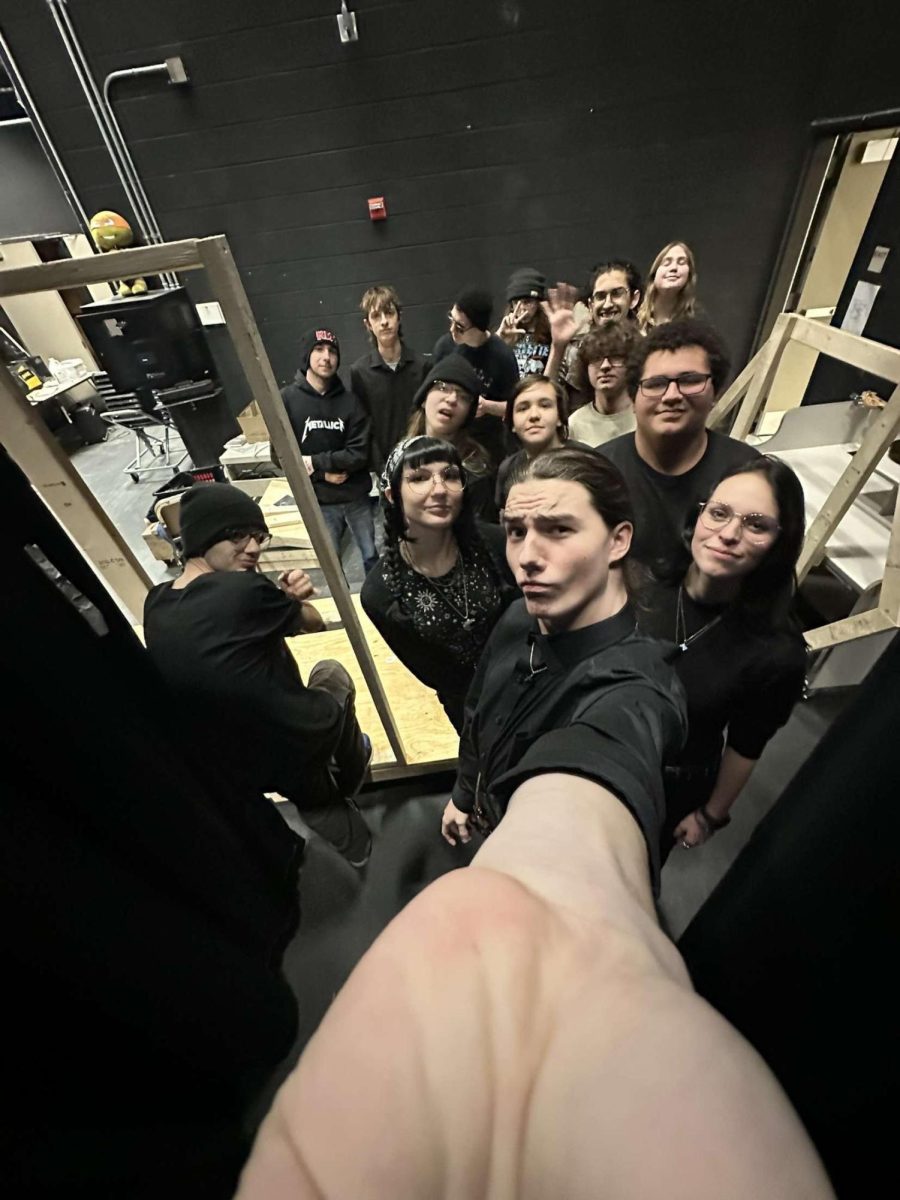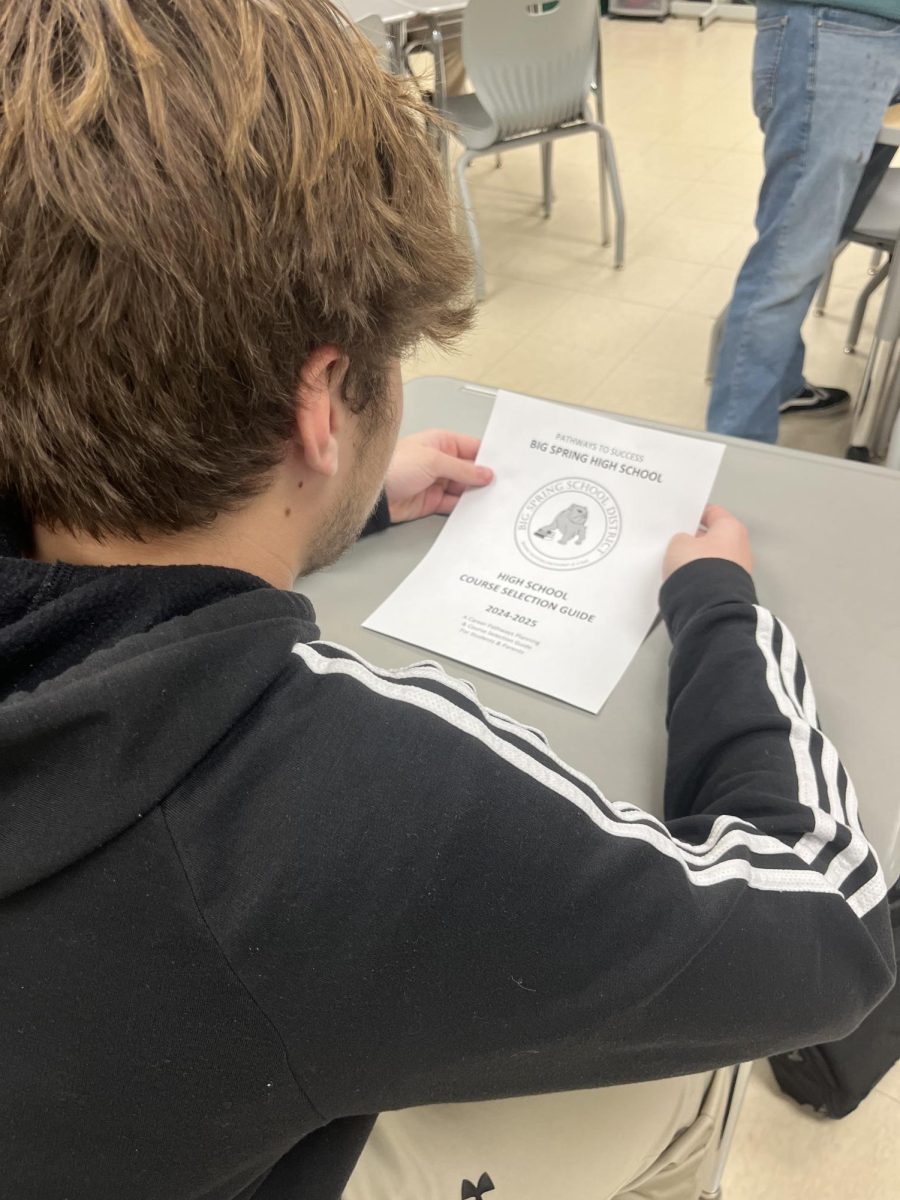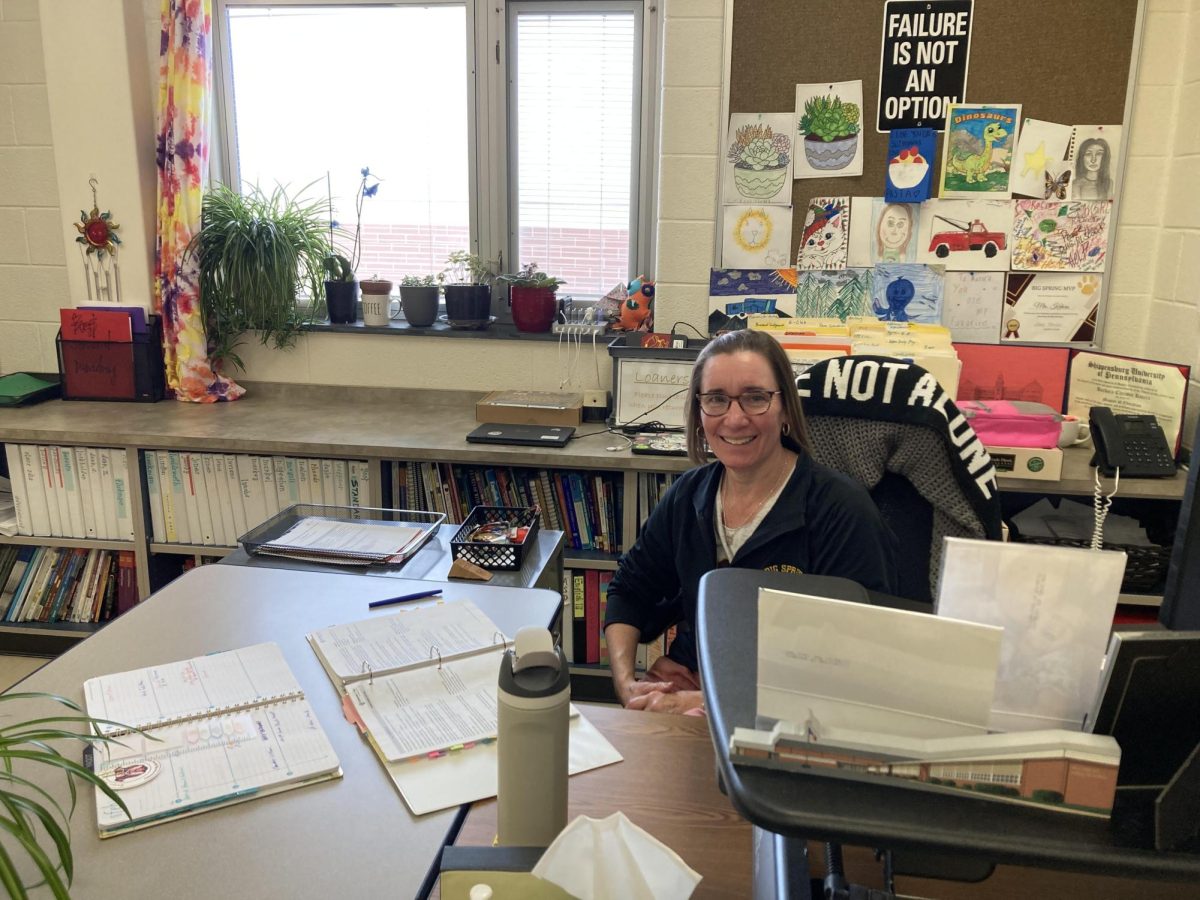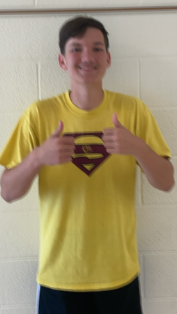Clubs are continually struggling to reach the student body and community when it comes to engagement in their activities. Even with posters on all floors and social media posts being made, efforts seem futile.
Courtney Rickabaugh, advisor for both Mini-THON and Student Council said, “You are not going to get everybody all the time; the goal is can you get some.” Rickabaugh sees that not everyone is going to want to do everything. That doesn’t stop clubs from trying harder and harder each year to reach their goals.
One suggested way to achieve better outreach is to go beyond our school. Principal Jason Shover said, “One of my big goals is for our kids to be seen in elementary schools, to be seen in middle school.” Shover believes that even if clubs cannot reach everyone in the high school, club members can try beyond that.
The general consensus seems to be that even though outreach may seem poor, not everyone is going to want to do everything all of the time. Even though some people want to participate in club events, not everyone does. Student Council president Jessica Lewis said, “I only know so much because I’m in it and I participate, but when I talk to other kids they don’t tend to know.”
Students who are not involved or active participants in clubs appear to not always be aware of what clubs are doing. Similarly, Shover said, “Some of the people who aren’t involved in [extracurriculars] are those people who maybe are hesitant in stepping out of their comfort zone.”
Some clubs are succeeding in reaching the community and other school levels. A prime example of further outreach is the art club and painting the windows at Saylor’s. Shover also said, “We have certain clubs that are absolutely looking to do that, and then some of them who maybe don’t have an opportunity to be able to interact with the community.”
Lewis also said, “I think the big issue our school deals with is we have so many clubs.” Lewis suggested that the student body is trying to spread themselves too thin, which causes major problems as Lewis added, “So we run out of ideas and ways to interact because maybe another club is doing the same thing.”
When asked if there was anything staff could do to encourage students Rickabaugh said, “If teachers are disengaged, then students are going to be disengaged.” This suggests that staff just need to put their first foot forward for events. Meaning that if teachers do not seem interested in what clubs are trying to say then students won’t be interested either.
Commitments that could be enforced to help improve the club’s reach within the school could just be better promotions. Rickabaugh said, “There was more student engagement because students tuned in every day to watch the news and so they were better informed.” Likewise, Lewis said, “Students talking to students might be a better way…by having a more personal conversation with them from kids in those clubs.” Gathering that information time has been a contribution to the fall of club participation.
Certain clubs seem to have different experiences with having student and/or community attention. Shover said, “I think the communication to the student body about what the clubs are and what they involve.” No matter the communication, not all people or clubs will have the same experiences with involvement.
